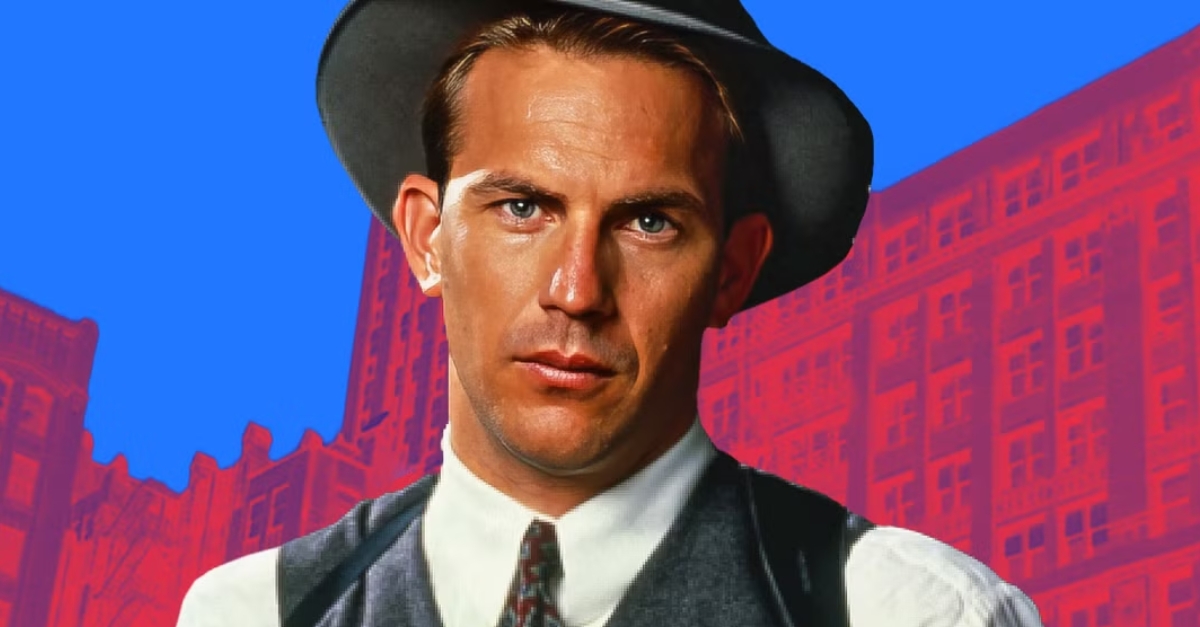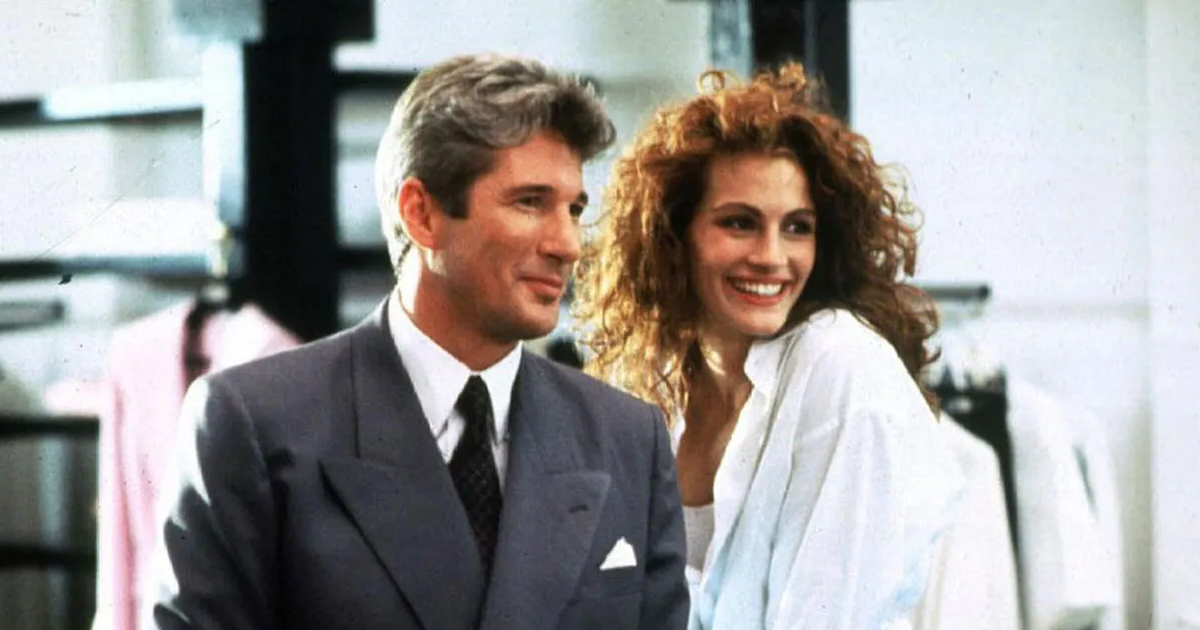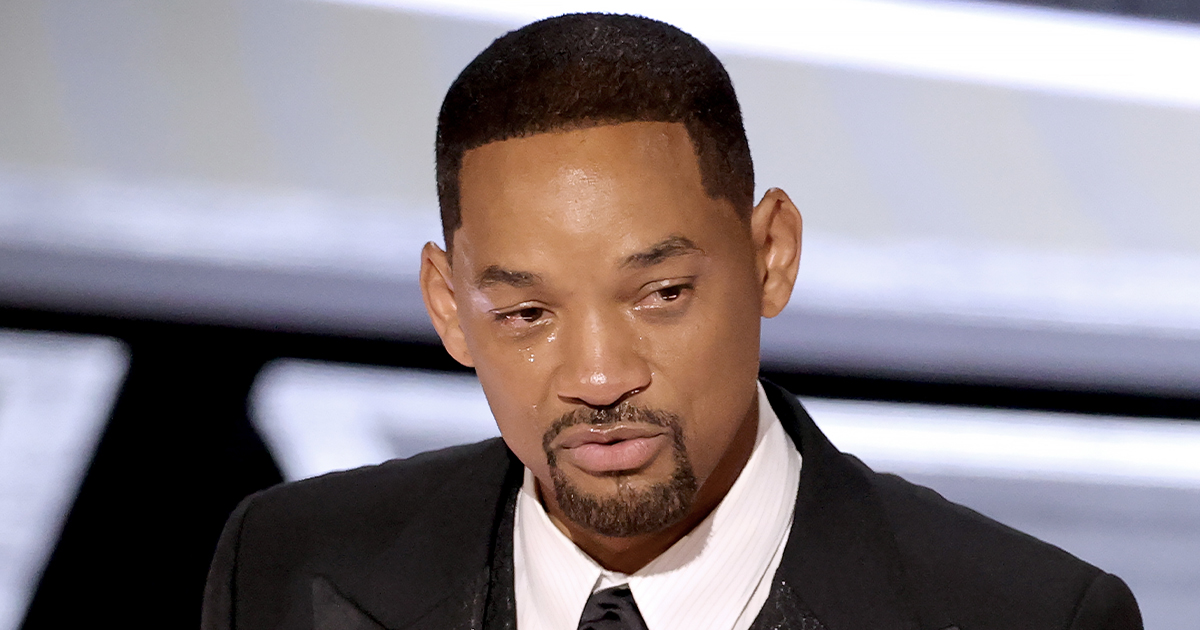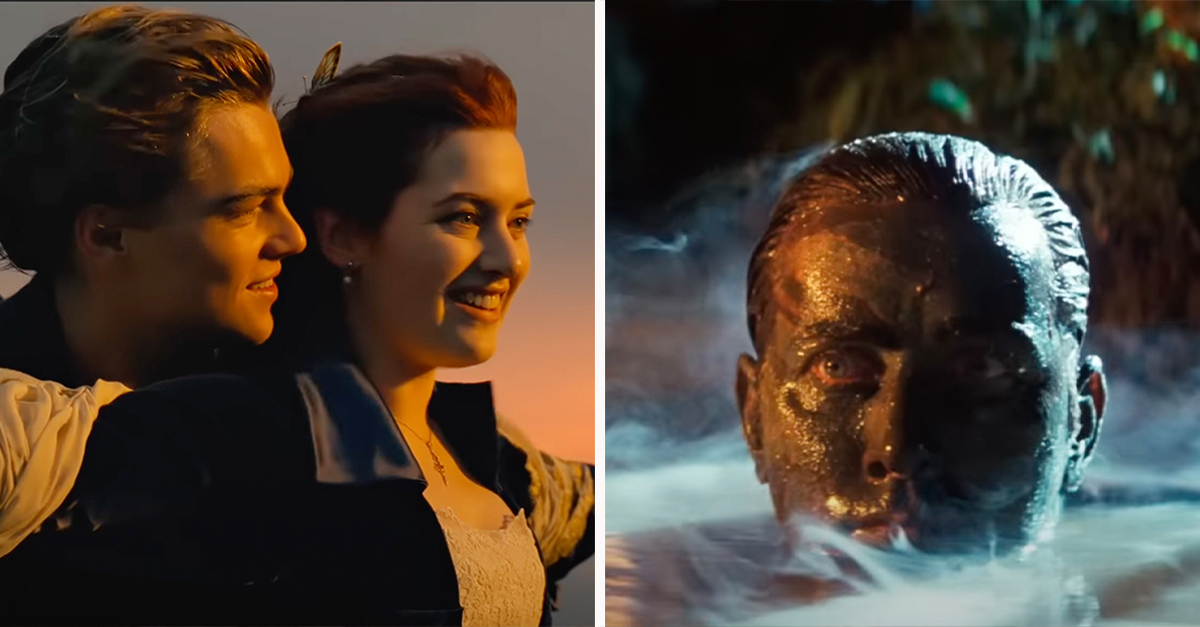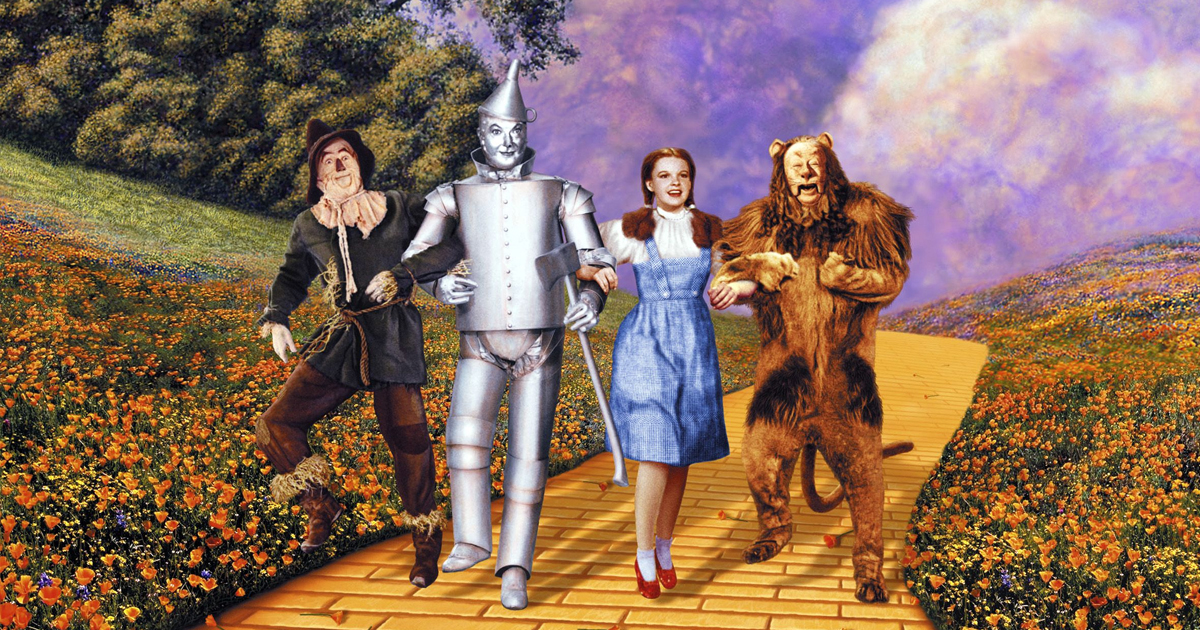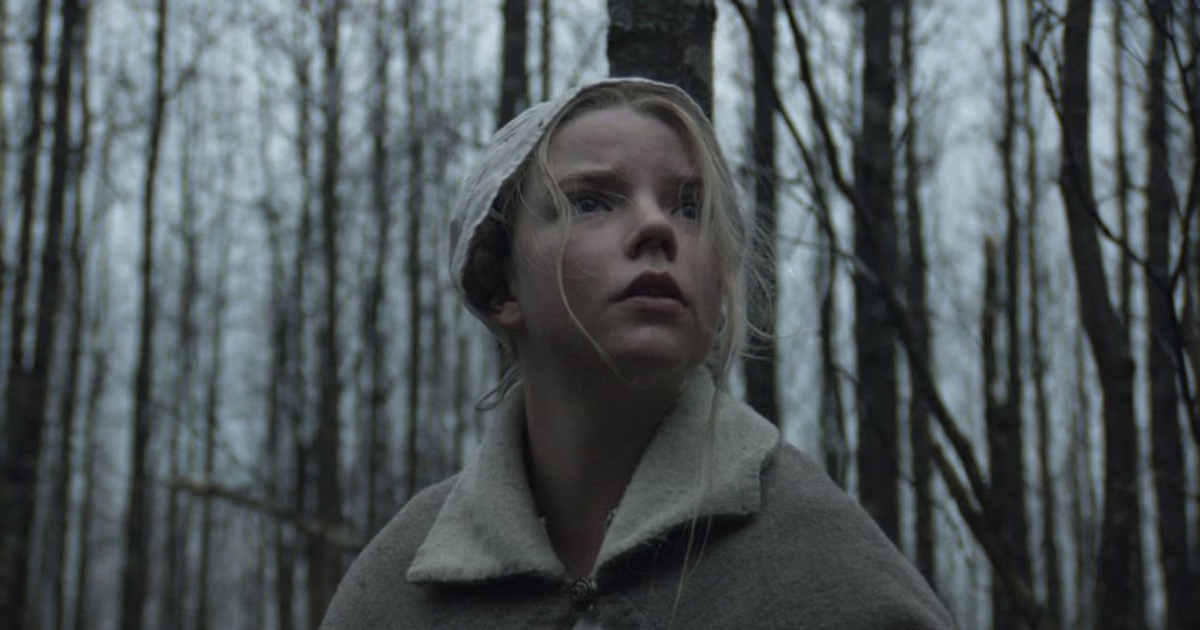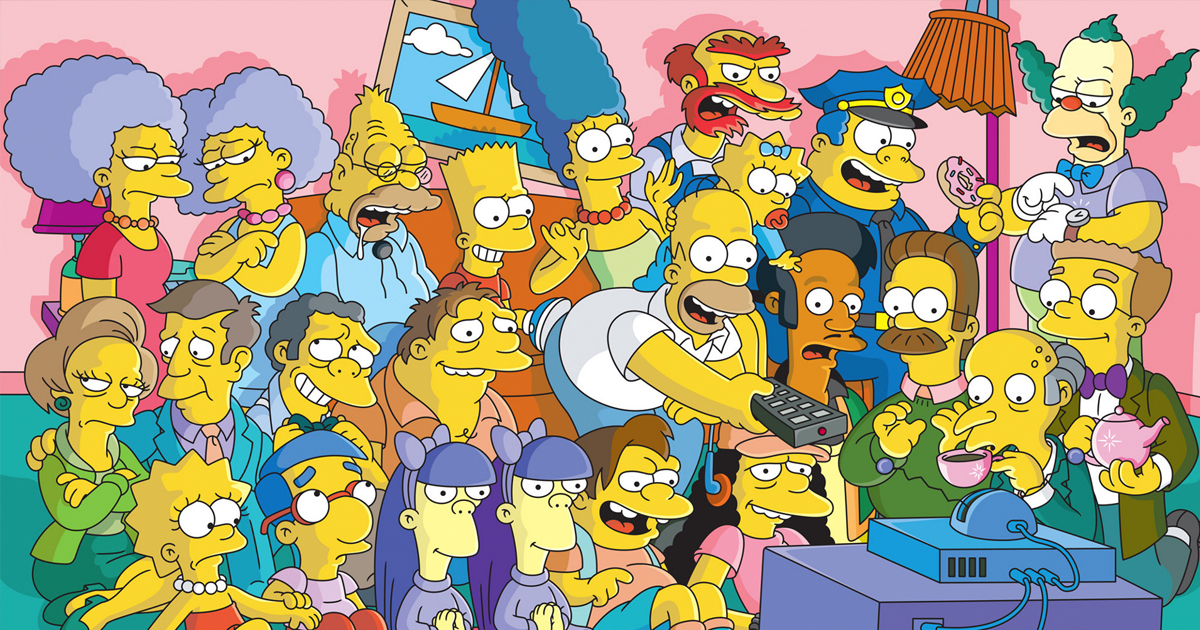Based On A True-ish Story
Not everything labeled “based on a true story” sticks to what really happened. When studios are trying to create the next blockbuster, they have their own priorities, which means accuracy sometimes takes a backseat.

The Blind Side
Michael Oher didn’t need lessons in football from a wealthy family. He’d been playing for years before meeting them. The Blind Side makes him look passive, like a project someone fixed, and Oher later said it felt like a “comedy about someone else”.
 Warner Bros. Pictures, The Blind Side (2009)
Warner Bros. Pictures, The Blind Side (2009)
Argo
Canada played a major role in the 1979 rescue, yet Argo barely mentions it. Instead, it stages a tense airport escape and gives the CIA full credit—rewriting history to fit a more thrilling, American-centric narrative.
 Warner Bros. Pictures, Argo (2012)
Warner Bros. Pictures, Argo (2012)
Braveheart
Braveheart shows William Wallace in a kilt, charging into battle and romancing a French princess. The real Wallace wore armor, not tartan, and the princess was a child living in France during his rebellion. She didn’t arrive in England until years after Wallace was executed.
 Paramount Pictures, Braveheart (1995)
Paramount Pictures, Braveheart (1995)
JFK
Courtrooms packed with secrets, shadowy figures whispering about cover-ups, and a detective uncovering it all—that’s the movie. The real case never produced such evidence. Much of what fills the screen came straight from conspiracy culture rather than documents.
The Pursuit Of Happyness
It’s not just a rags-to-riches tale; it’s a polished version of a much rougher journey. Chris Gardner’s rise from homelessness to Wall Street is inspiring. But the film skips messy parts—like past abuse allegations and a more complicated family life.
 Columbia Pictures, The Pursuit of Happyness (2006)
Columbia Pictures, The Pursuit of Happyness (2006)
Gladiator
Commodus never killed his father, and he wasn’t struck down in a heroic duel. The movie reshaped Roman politics into a revenge saga, swapping out the mess of court intrigue for a simpler fight between corruption and honor in the arena.
 DreamWorks Pictures, Gladiator (2000)
DreamWorks Pictures, Gladiator (2000)
The Social Network
There was no breakup that sparked Facebook. That cold opening scene? Completely fictional. The story on screen is built around grudges and betrayals, while the real version was more about business decisions and legal battles that took years to fully unfold.
 Columbia Pictures, The Social Network (2010)
Columbia Pictures, The Social Network (2010)
The Danish Girl
Einar Wegener’s transition into Lili Elbe is told as a smooth journey toward identity. But it softened the danger of early surgeries, which were groundbreaking but also left Lili facing enormous suffering. Real accounts show much more pain and medical risk.
 Universal Pictures, The Danish Girl (2015)
Universal Pictures, The Danish Girl (2015)
Don’t Worry, He Won’t Get Far On Foot
Getting sober wasn’t a clean-cut turning point for John Callahan. It took years of missteps before anything stuck. And instead of propagating that idea, the film leans into his artistic breakthrough and makes recovery feel like something that clicked into place once he picked up a pen.
 Amazon Studios, Don’t Worry, He Won’t Get Far on Foot (2018)
Amazon Studios, Don’t Worry, He Won’t Get Far on Foot (2018)
Bohemian Rhapsody
It’s hard not to get swept up in Queen’s big reunion before Live Aid—especially with Freddie’s emotional confession hanging in the air. But none of that happened. The band had been back together for ages, and Freddie wouldn’t be diagnosed for years.
 20th Century Fox, Bohemian Rhapsody (2018)
20th Century Fox, Bohemian Rhapsody (2018)
Catch Me If You Can
Audiences love the image of a kid outsmarting the FBI at every turn. Reality wasn’t that cinematic. Records don’t support all of Frank Abagnale Jr’s adventures, and some of the most outrageous details came from his tall tales, not from courtrooms or archives.
 DreamWorks Pictures, Catch Me If You Can (2002)
DreamWorks Pictures, Catch Me If You Can (2002)
The Zookeeper’s Wife
Antonina Zabinska wasn’t the only one helping people escape the Nazis—her husband, Jan, was just as involved. In the film, she takes center stage, which makes it more of a solo mission than it really was. Together, they rescued over 300 Jews by hiding them in animal enclosures.
 Focus Features, The Zookeeper’s Wife (2017)
Focus Features, The Zookeeper’s Wife (2017)
Green Book
The movie shows Don Shirley as a lonely pianist who learns about his own culture through his driver. However, his family called this version completely false. Instead, they said Shirley had a close relationship with them and never considered Tony Lip a friend.
 Universal Pictures, Green Book (2018)
Universal Pictures, Green Book (2018)
The Runaways
Not every band member got a fair share of the spotlight. Some were left out almost entirely, and others were flattened into side characters. What you see in The Runaways is all glam and two leads—Joan Jett and Cherie Currie—driving the whole show.
 Entertainment One, The Runaways (2010)
Entertainment One, The Runaways (2010)
Patch Adams
Robin Williams makes Patch Adams look like a gentle prankster saving lives with humor. The real man’s story was far more political, focused on changing the healthcare system. When Adams saw it, he said it reduced decades of his life’s work to a mere comedy routine.
 Universal Pictures, Patch Adams (1998)
Universal Pictures, Patch Adams (1998)
The Theory Of Everything
Stephen Hawking’s marriage is shown as tender and quietly resilient, but the real relationship was far more strained over time. His eventual separation and later marriage, both significant parts of his life, were left out completely to keep the focus on one romanticized chapter.
 Focus Features, The Theory of Everything (2014)
Focus Features, The Theory of Everything (2014)
The Last Samurai
A washed-up American soldier finding redemption among samurai makes for stirring cinema. History tells a different tale, though. It was French military men who trained Japanese forces. By rewriting nationality and inventing battles, it reshaped fact into a Western redemption story.
 Warner Bros. Pictures, The Last Samurai (2003)
Warner Bros. Pictures, The Last Samurai (2003)
Cool Runnings
Viewers cheered the ragtag team sliding into Olympic legend. In truth, these men weren’t amateurs at all. They were elite runners with serious training who competed with determination—a far cry from the bumbling crew that Hollywood introduced to the world.
 Walt Disney Pictures, Cool Runnings (1993)
Walt Disney Pictures, Cool Runnings (1993)
Monster
Charlize Theron transformed into Aileen Wuornos, and the performance went on to win awards. However, the film shifts sympathy by inventing scenes where she kills only in self-defense. Historical records reveal that several killings were cold-blooded, so there’s more to the story than initially shown.
 Lions Gate Films, Monster (2003)
Lions Gate Films, Monster (2003)
The Patriot
Francis Marion, the inspiration for the main character, owned slaves and carried out brutal attacks during the Revolutionary War. In The Patriot, he becomes a peaceful farmer who only takes up arms to protect his children. None of Marion’s real-life actions are mentioned, including his role in suppressing Native American tribes.
 Columbia Pictures, The Patriot (2000)
Columbia Pictures, The Patriot (2000)
U-571
The thrilling capture of an Enigma machine is credited to American forces in the movie. History says otherwise, though. It was the British who actually pulled it off, years earlier. The false rewrite caused outrage in the UK when the film premiered.
 Universal Pictures, U-571 (2000)
Universal Pictures, U-571 (2000)
The Butler
Eugene Allen spent over 30 years serving quietly in the White House and never had public clashes with his family. The Butler creates a fictional son who joins the civil rights movement and argues constantly with his father. Allen’s only child actually worked for the State Department.
 Entertainment One, The Butler (2013)
Entertainment One, The Butler (2013)
Pocahontas
In the 1995 Disney movie, Pocahontas chooses love over conflict, bridging two worlds through romance. But the real girl never had such a role. She was a child caught in colonization, who was forced into marriage and stripped of her identity. Sadly, none of that made it to the screen.
 Walt Disney Pictures, Pocahontas (1995)
Walt Disney Pictures, Pocahontas (1995)
The Big Short
Fast cuts, sharp dialogue, and celebrity cameos explain the financial collapse of 2008. While it captures the mood of greed and panic, it compresses timelines and simplifies the players. The result is entertaining, but the complexity of Wall Street got lost in translation.
 Paramount Pictures, The Big Short (2015)
Paramount Pictures, The Big Short (2015)
The Hurricane
The Hurricane frames Rubin Carter as a victim of pure injustice. Reality wasn’t that simple. His conviction was overturned on procedural grounds, not because he was proven innocent. By skipping that detail, the film delivered a myth rather than the full truth.
 Universal Pictures, The Hurricane (1999)
Universal Pictures, The Hurricane (1999)
American Sniper
Much of the tension in the movie comes from a sniper showdown that never happened. That enemy character was fictional. And instead, Chris Kyle’s real experiences in Iraq were shaped by chaos and uncertainty. Parts of his biography were actually smoothed out to fit the role of a traditional war hero.
 Warner Bros. Pictures, American Sniper (2014)
Warner Bros. Pictures, American Sniper (2014)
Hotel Rwanda
The harrowing rescue of Tutsi refugees made Paul Rusesabagina a symbol of courage. His real reputation grew complicated over time. Some said he charged people for safety, others questioned his true motives; nevertheless, those disputes are absent from the version shown on screen.
 United Artists, Hotel Rwanda (2004)
United Artists, Hotel Rwanda (2004)
Selma
President Lyndon Johnson supported the Voting Rights Act, and he even worked alongside Martin Luther King Jr to push it forward. Selma changes this dynamic by showing Johnson as reluctant and obstructive. In reality, he gave a national address urging Congress to pass the bill just days after the Selma marches.
 Paramount Pictures, Selma (2014)
Paramount Pictures, Selma (2014)
Diana
This film focuses on Princess Diana’s final years and her relationship with Dr Hasnat Khan. He later said the portrayal was completely wrong, calling it based on gossip and speculation. Many scenes were invented, and the emotional tone didn’t reflect reality.
 Entertainment One, Diana (2013)
Entertainment One, Diana (2013)
The Irishman
Frank Sheeran’s confession to killing Jimmy Hoffa remains unverified and has been widely questioned by historians, since no physical evidence has ever even linked Sheeran to Hoffa’s disappearance in 1975. But the movie simply accepts his story without showing the gaps.
Pain & Gain
The real Miami bodybuilders carried out kidnappings that spiraled into murder, a far darker tale than the outrageous comedy on screen. By playing their crimes for laughs, it left viewers entertained while brushing over the cruelty that scarred the victims’ families in the 90s.
 Paramount Pictures, Pain & Gain (2013)
Paramount Pictures, Pain & Gain (2013)
The Untouchables
Al Capone’s empire collapses in a hail of bullets on screen, but the famous train station shootout never happened. The real investigation was far more methodical, with tax records bringing him down rather than the blazing heroics The Untouchables celebrates.
 Paramount Pictures, The Untouchables (1987)
Paramount Pictures, The Untouchables (1987)
The Conjuring
The Perron family’s haunting is presented as a battle with pure evil. In real life, their accounts shifted over time, and investigators themselves faced skepticism. The Conjuring amplifies the terror, giving demons the spotlight while doubts and contradictions fade into the dark.
 Warner Bros. Pictures, The Conjuring (2013)
Warner Bros. Pictures, The Conjuring (2013)
The Founder
A salesman chasing a burger stand turns into the architect of fast food. In making him the center, the movie trims the role of the brothers who built the system first. What’s left is Kroc’s version of history, not theirs.
 Entertainment One, The Founder (2016)
Entertainment One, The Founder (2016)
Snowden
Oliver Stone’s film paints Edward Snowden as a lone whistleblower making one clear, dramatic choice. His actual path involved months of quiet planning, careful contacts with journalists, and complex motives that stretched beyond that one hotel room in Hong Kong.
 Universal Pictures, Snowden (2016)
Universal Pictures, Snowden (2016)
The Post
The New York Times broke the story of the Pentagon Papers first and was sued by the government to stop publishing. That case also went to the Supreme Court. Although that legal battle shaped everything that followed, it is mostly left out, and the movie focuses only on the role of The Washington Post.
 Entertainment One, The Post (2017)
Entertainment One, The Post (2017)
The Diving Bell And The Butterfly
Jean-Dominique Bauby’s memoir describes his locked-in syndrome and the people who helped him communicate. However, the film leaves out his longtime partner and replaces her with a fictional character. It also shifts emotional moments and relationships to fit a more cinematic arc.
 The Diving Bell and the Butterfly (2007)
The Diving Bell and the Butterfly (2007)
Titanic
Even though Titanic features real figures like Captain Smith and Molly Brown, Jack and Rose were inventions meant to carry the love story. It also unfairly depicted First Officer William Murdoch firing on passengers before taking his own life. Survivor accounts note that he worked courageously until the very end.
 Paramount Pictures, Titanic (1997)
Paramount Pictures, Titanic (1997)
A Beautiful Mind
Those scenes with government agents and coded newspapers weren’t based on anything John Nash actually lived through, as he only had auditory hallucinations. They were added just to help visualize his schizophrenia. His son also developed schizophrenia, by the way, which was completely left out of the film.
 Universal Pictures, A Beautiful Mind (2001)
Universal Pictures, A Beautiful Mind (2001)
The Glorias
Gloria Steinem was criticized by some feminist leaders and eventually lost control of Ms Magazine after disagreements over editorial direction. Her departure from the magazine came just eight years after its founding. The film skips these turning points entirely and focuses on her public persona.
 Lionsgate UK, The Glorias (2020)
Lionsgate UK, The Glorias (2020)
The Texas Killing Fields
Over 30 young women lost their lives in the area between the 1970s and early 2000s. And the investigators never solved most of the murders along that stretch of highway. No single suspect was ever confirmed, but the movie simplifies the case by building a clear ending and a single villain.
 Entertainment One UK, Texas Killing Fields (2011)
Entertainment One UK, Texas Killing Fields (2011)
The Exorcism Of Emily Rose
The case that inspired the movie involved a young woman in Germany whose health issues were diagnosed as epilepsy and psychosis. On screen, her suffering is framed as possession. The real trial even ended with two priests convicted of negligent homicide in 1978.
 Sony Pictures Releasing, The Exorcism of Emily Rose (2005)
Sony Pictures Releasing, The Exorcism of Emily Rose (2005)
The Imitation Game
While the film celebrates Alan Turing’s genius in cracking Nazi codes, it sacrifices historical precision for drama. It even invented a dramatic love story and kind of sidelined the entire team who worked beside him.
 StudioCanal, The Imitation Game (2014)
StudioCanal, The Imitation Game (2014)
Jobs
Ashton Kutcher plays Steve Jobs, but the film skips major collaborators and rewrites key moments in Apple’s history. Steve Wozniak publicly criticized it, saying it got personalities and events wrong, especially in how Jobs treated others.

